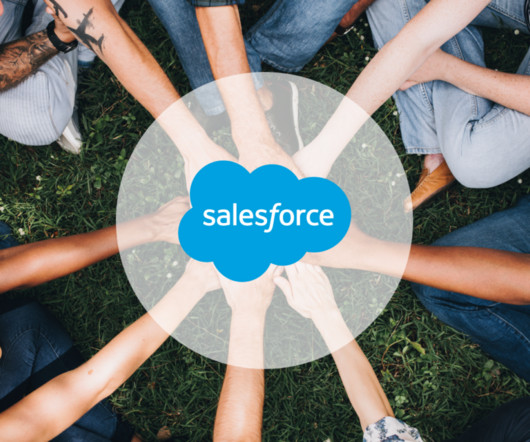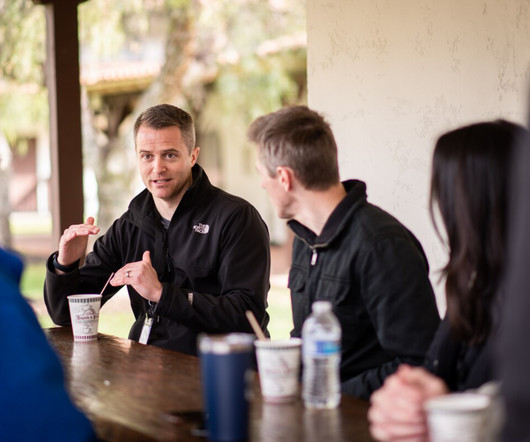8 Steps for Creating a Nonprofit Innovation Culture
sgEngage
MARCH 19, 2024
While an innovation culture looks different depending on the nonprofit, there are some key characteristics of a culture that leaves room for innovation: Strong Leadership: Leadership plays a key role in any company culture, but it becomes even more important when fostering innovation.






















Let's personalize your content